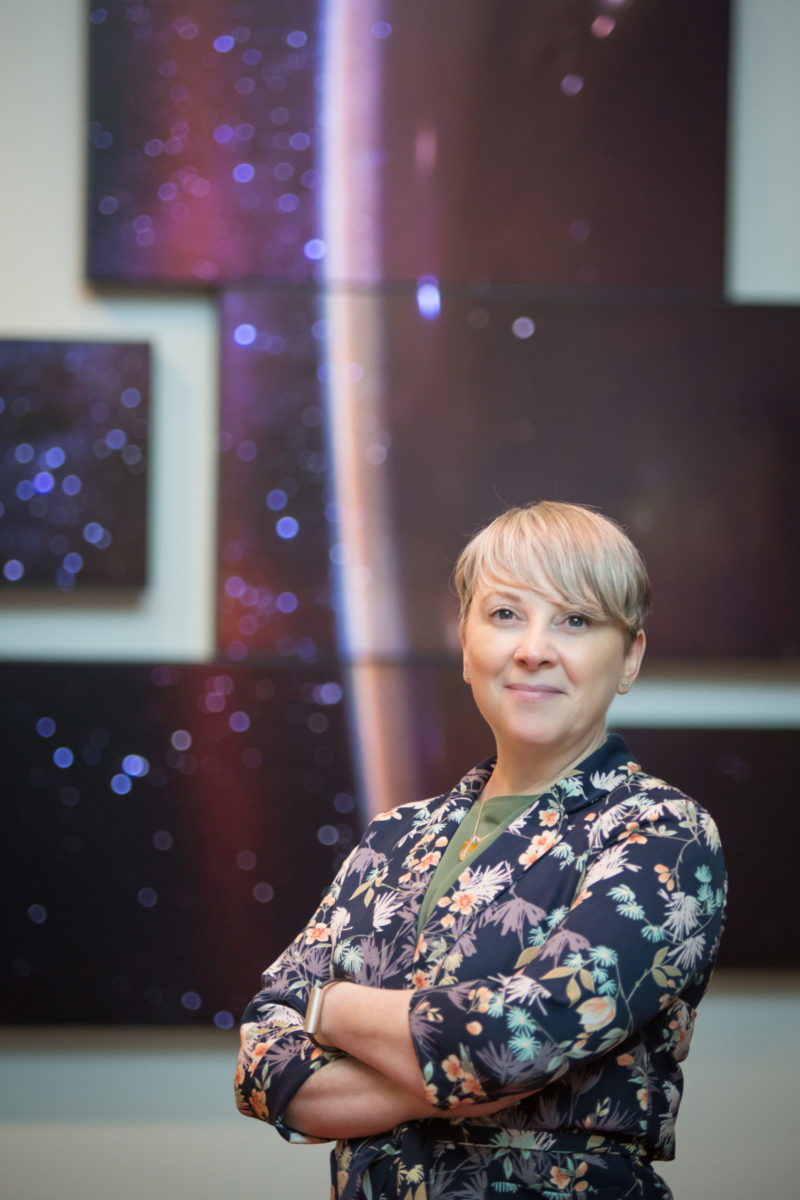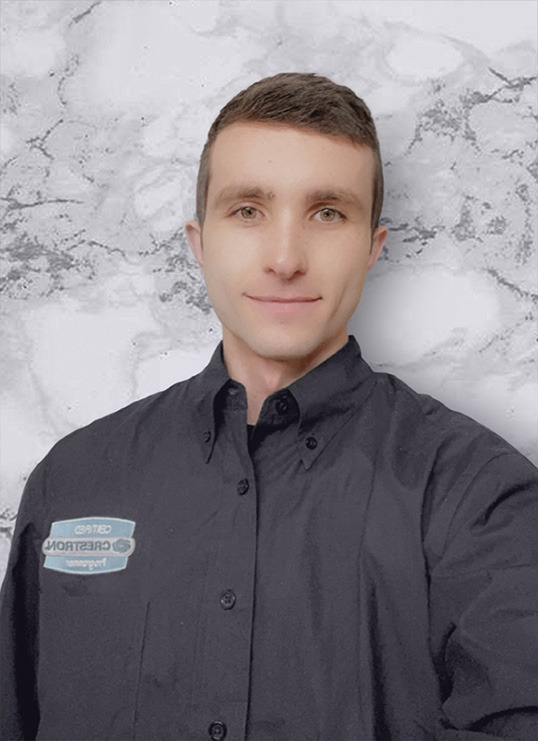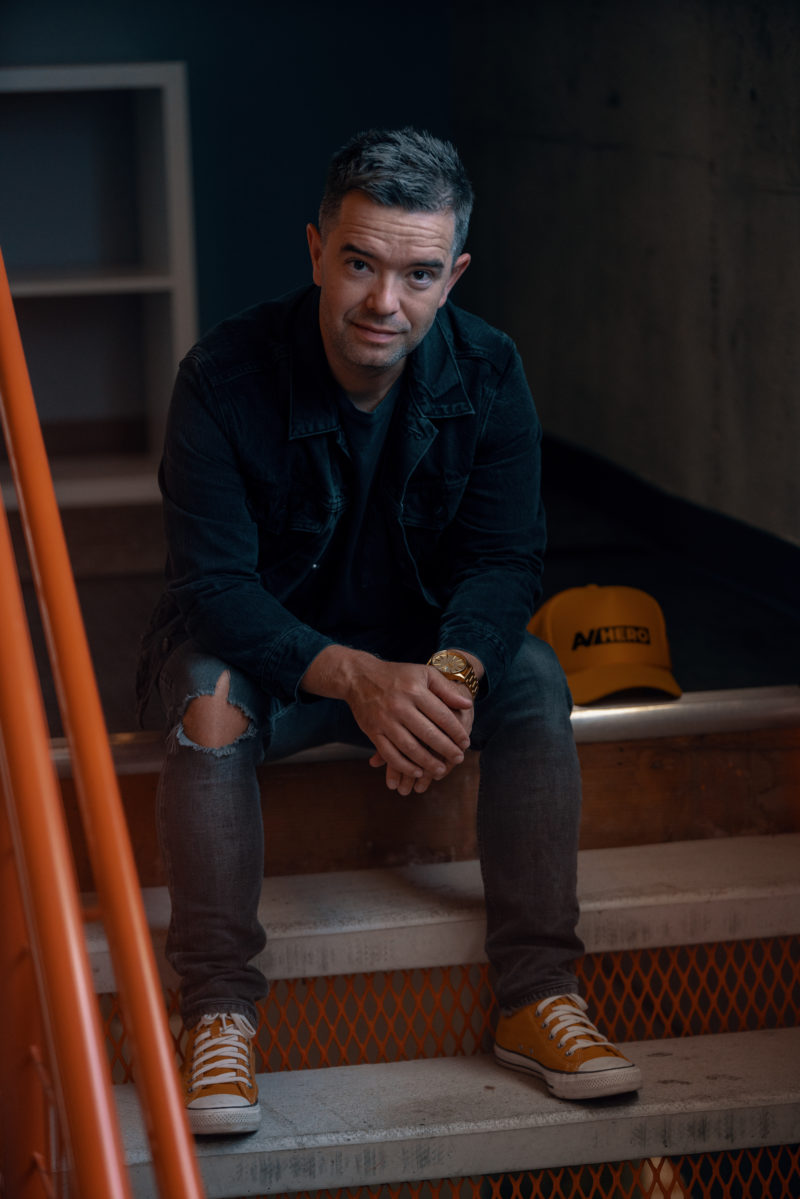AV Insider Spotlight : Lloyd Langenhoven, Product Manager – South Africa
Each week, I am highlighting some of the incredible people who are in the Audio Video Industry. As this blog is mostly about AV insiders, today we are profiling Lloyd Langenhoven.
Here is a brief intro about him.
 Lloyd Langenhoven has worked in the Audiovisual industry for over 20 years. As of this article being published, he is product manager of Peripheral Vision.
Lloyd Langenhoven has worked in the Audiovisual industry for over 20 years. As of this article being published, he is product manager of Peripheral Vision.
Please drop your questions in the comments below and I will make sure that he sees them.
1.Describe your journey in the AV industry? How did it start?
My journey started in high school where my father tried his level best to get me into computer programming. He was a pioneer of AMX programming and design in South Africa and really helped established AMX in the South African market. All I wanted to do through high school was play guitar and write music so I continually resisted his suggestions. In actual fact I was eventually kicked out of all Computer programming classes in high school due to my horrible exam results in this subject.
After completing high school, I started with my Sound Engineering training at college as my dream was to eventually be working in recording studios. I completed first year training for a diploma in Sound Engineering which actually proved to be an amazing foundation for the same types of expertise I would eventually use in the AV industry such as Electronics, Balanced audio versus unbalanced audio etc.
I found myself wanting to get out into the real world and get a job after completing the sound engineering training and it just so happened that my father had recently started a new AV Integration company of his own. I joined his company as a delivery boy for the first year as I was not feeling very ambitious at the time. Sure enough I found myself moving over into pulling cables and eventually installation/rack-building for the large high-level AMX residential AV integration projects taken on by my father’s company. After about a year of installation work I found myself feeling the need to stimulate my mental faculties more as well as the need to earn a higher salary (my racks were also EXTREMELY messy even though they worked really well!). I started dabbling in AMX programming and soon found that I actually kind of enjoyed programming. The learning process was fast-tracked by the daily early morning training sessions run by my father as well as watching over the shoulders of the resident senior AMX programmer in the company at the time. Of course practice is the best teacher when learning programming so I would sit for hours trying to figure out how to write AMX modules for devices such as alarm systems and I would attend to on-site programming callouts for the company. Soon enough AMX programming became my fulltime job and my salary increased as I had hoped.
After that I moved to London for a few months and eventually found myself back in South Africa in a fulltime Crestron programming position at a company called Audio Excellence. This was intense work as Audio Excellence only did large residential Crestron projects. Working there was a massive learning curve and my boss helped me attain Crestron’s CAIP (Crestron Authorized Independent Programmer) certification after a grueling examination process. Eventually I thought I would try my hand at Freelance programming in my own business. This endeavor went well but I found myself wanting to re-join my father as he is now the owner of the local AMX distribution house (Peripheral Vision) and distribution seemed like a new and exciting challenge. Being on the distributor side of AV has proved to be both exciting and challenging indeed!
2.What do you think is the challenges that are facing a new person who wants to join the industry.
I think the most common misconception I have picked up from newcomers to the AV industry is when they believe they can and will only be a system engineer or a programmer and they box themselves into one function only. This kind of mindset doesn’t work in the AV industry. You have to be willing to do basic tasks such as network configuration, cable pulling and termination and anything that it takes to get the job done otherwise you will never go anywhere in this industry. AV integration is always about the bigger picture so it is important to get involved in all facets even if just briefly before you can grow into your dream position.
3.What are the positives of working in this industry.
It is satisfying when an integration project comes together and the customer starts to see the value of what you have done for them. The whole ends up being greater than the sum of the parts when a good AV solution comes together. Other than that you never ever stop learning in this industry and your expertise have to change with the changes in the industry otherwise you become irrelevant. For example, AV over IP is now taking off and revolutionizing our industry so we have had to learn advanced network configuration such as setting up multicasting and IGMP snooping etc. These are skills we didn’t need to have in the AV industry until recently.
 [RELATED] : If you have missed any of the previous interviews, please click here.
[RELATED] : If you have missed any of the previous interviews, please click here.
4.What in your opinion would you change in the industry? What are the negatives that are prevalent ?
I’d say the biggest negative is the fact that it sometimes seems as if the end user’s needs and pains are not truly taken into account or even bothered to be heard in the first place. In addition to this the end user doesn’t always get to see the full spectrum of what is really possible as the integrator and/or manufacturer is always trying to push something down their throat. I think there needs to be better lines of open communication and trust between the end users, the integrators and the distributors so that each can perform their role correctly and give the end user the experience they deserve.
5.Describe your ideal client? What do you wish clients to know before hiring you.
My ideal client is the one that is always looking for my value instead of my lowest price.
6.If you were going to start over, what would you do differently ?
Really not much to be honest. I suppose I wish I had moved away from full-time Control systems programming and into presales/sales earlier than I did, but I also don’t regret pushing myself to the level I did when I was a full-time programmer.
 7.Describe a typical work day for you. What are your daily disciplines?
7.Describe a typical work day for you. What are your daily disciplines?
My typical work day involves a combination of handling incoming calls and system design requests, client demos and training as well as following up on hot projects and keeping our demo facilities in good shape.
8.Describe the apps and gear that you use daily which makes you more productive?
The Starleaf app as well as our Starleaf VC Room system have become an integral part of our everyday lives at Peripheral Vision. It is so great to be able to quickly and easily get into a video chat with new prospective clients that could be anywhere in the world no matter what device/platform they are using and that is not just a sales pitch ;). AV over IP has also proved to be a great tool for client demos that involve video distribution because it is so quick and easy to add a new video source or display anywhere in the building even though the screens and equipment in our offices are in a constant state of flux. Barco Clickshare is a major productivity tool for us as well as its just so easy to use and perfect for guests wanting to share their screens quickly and easily without having to join a WiFi network.
9. How is the AV technology integration in Africa and any unique projects that you have worked on ?
Africa is currently an extremely price sensitive market. Having said that if you are able to show your value first then there is a lot less chance of descending into a price war later on. Another trend we are noticing locally is if you can talk the language of the IT department as well as show them solutions that allow them to have more control and fewer headaches then you are almost guaranteed a sale. We believe the new language of AV is IT and we are fully ready to embrace it. Gone are the days of specialist AV providers who dictate to the client what is and isn’t possible. Video distribution is moving at an alarming rate over to IP and Video conferencing is moving over to cloud and these are examples of massive value propositions to IT departments.
Probably one of my most unique projects was a popular local gymnasium chain that needed to find a streaming video solution for all the exercise bikes in their gyms. The end user had invested in exercise bikes driven and controlled by embedded android based tablets. The gym did not have any wired LAN infrastructure to the exercise bikes and they wanted everything to be wireless so we proposed one of Matrox’s H.264 Video encoder products in conjunction with Ruckus wireless infrastructure. The wireless infrastructure was rolled out by a specialist wireless networking company while we handled all the video streaming needs with Matrox’s Maevex 6100 quad-HDMI encoder card which proved to be extremely powerful and highly customisable. The video streams were picked up via a basic H.264 decoding android app running on the android tablets/exercise bikes and the gym users are able to select the video stream using this app which simply points at different URLs to pick up the different streams encoded on the network. During one test we were able to stream the same video source to 40 different exercise bikes/android tablets at the same time without a hitch using multiple unicast streams instead of a multicast stream. The extremely low bandwidth and pure horsepower + the level of fine tuning available on the Matrox Maevex 6100 proved to be the winning factor for this solution.
 Please connect with him on Linkedin and check out his company website.
Please connect with him on Linkedin and check out his company website.
*****
Did you like this post? Connect with me on LinkedIn or just sign up for my free email newsletter.





